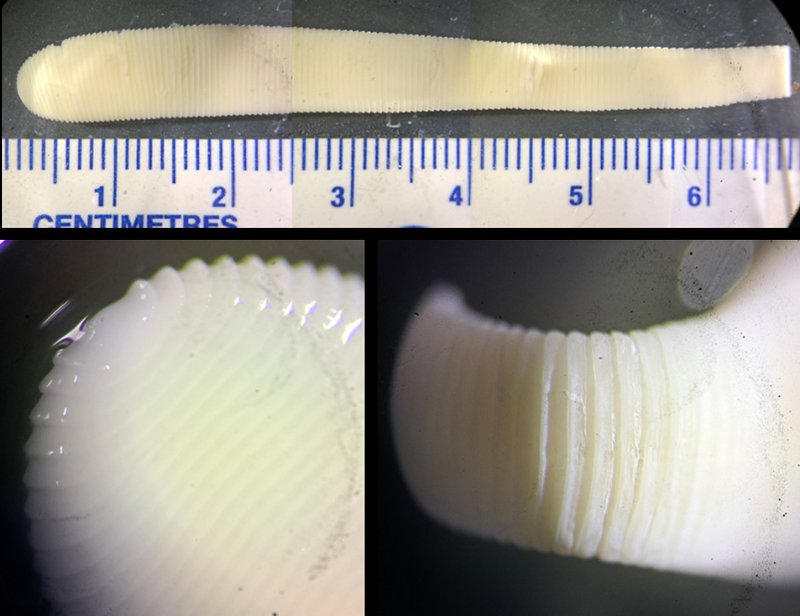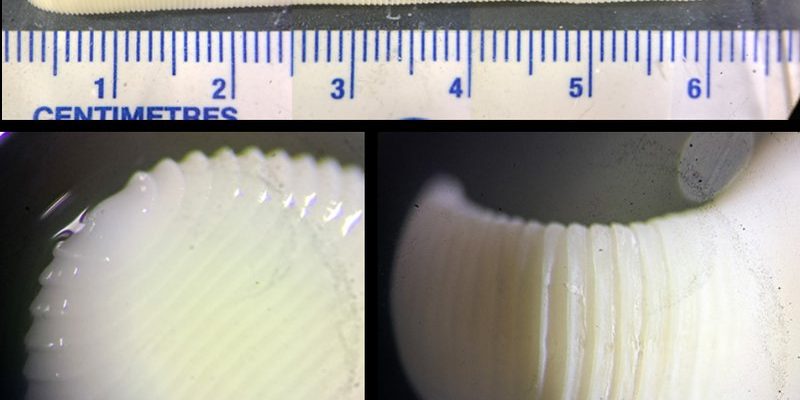
When people think of tapeworms, they often picture them as these gross, slimy parasites that only exist inside unsuspecting hosts. But let’s take a step back. Tapeworms are fascinating creatures that come in various species and can be found in a wide range of environments. Understanding how to identify them in the field is crucial, especially if you’re studying wildlife or just curious about these unique organisms.
In this article, we’ll dive deep into the challenges of spotting tapeworms, what to look for, and why it’s not as straightforward as it seems. Grab a cup of coffee, and let’s explore the world of tapeworm identification together!
The Basics of Tapeworms
To appreciate the challenges of spotting these little guys, it helps to understand what tapeworms are. These parasites belong to the class Cestoda, and they have a very *distinctive* body structure. They’re long, flat, and segmented, with hooks or suckers that help them cling to their hosts’ intestines. This unique design allows them to thrive in the digestive tracts of various animals.
You might be wondering, “Where do they come from?” Tapeworms usually hatch from eggs released in the feces of infected hosts. If a secondary host, like a rodent or a fish, ingests these eggs, the tapeworm can mature in their body. Eventually, if a larger predator consumes the infected host, the tapeworm can find a new home and start the cycle all over again.
The life cycle of a tapeworm is essential to consider when identifying them in the wild. Their presence often indicates the health of various ecosystems. Understanding the environment where tapeworms flourish can help you know where to look.
Why Spotting Tapeworms is Challenging
Identifying tapeworms in their natural habitat presents several challenges. Firstly, they often blend into their surroundings due to their color and size. Tapeworms can range from a few millimeters to several meters long, which means the smaller ones can be *particularly* tricky to spot. Imagine trying to find a piece of spaghetti in a bowl of soup; that’s what it can feel like when searching for a tiny tapeworm.
Another challenge is the fact that many tapeworms live inside hosts, meaning you can’t just look for them lying around on the ground. You might need to know what animal species they typically inhabit to narrow down your search. For example, specific tapeworm species are common in livestock, while others are typically found in wild animals. Each type has its unique habitat preferences that can dictate where you might find them.
Moreover, many people don’t think about tapeworms until symptoms arise, such as weight loss in pets or wildlife. Without prior knowledge of these parasites, it becomes even harder to know what signs to look for in the environment.
Common Signs of Tapeworm Infection
When it comes to spotting tapeworms, it’s often about noticing the signs they leave behind. If you’re out in the field, keep an eye out for the following indicators:
- Infected Hosts: Look for animals that show unusual behaviors, such as excessive scratching or weight loss, which could indicate a tapeworm infection.
- Eggs in Feces: One of the most common ways to detect tapeworms is by examining the feces of an infected host. Tapeworm segments or eggs may be visible.
- Segmentation: If you find what looks like small grains of rice near the host’s living area, that could be tapeworm segments—a sure sign they’ve been there.
Identifying these signs can guide you toward a better understanding of tapeworm presence in an area. By connecting the dots, you can deduce where tapeworms might be hiding and how they interact with their environment.
Tools and Techniques for Field Identification
When it comes to spotting tapeworms, having the right tools can make a big difference. Depending on whether you’re a researcher or just an enthusiastic nature lover, you’ll want to be equipped for the task. Here are a few items that can help:
- Field Guidebooks: A good field guide can help you identify different species of animals and the tapeworms that may inhabit them.
- Binoculars: Use binoculars to observe wildlife from a distance without disturbing them, which can lead to more accurate observations.
- Sample Containers: If you find feces that might contain tapeworm eggs, having a way to collect samples allows for further analysis.
Using these tools, you can improve your chances of spotting tapeworms or understanding more about their life cycles and habitats. Each tool plays a role in making the identification process smoother—think of them as your trusty sidekicks in the wild!
Importance of Accurate Identification
Why does it matter if we can spot tapeworms accurately? Understanding their presence in an ecosystem can give insights into the overall health of wildlife populations. For example, a high prevalence of tapeworms in an area can indicate that prey populations are high, which may affect predator dynamics.
Furthermore, understanding tapeworm populations can have implications for human health, too. Some tapeworms can be transmitted through undercooked meat or contaminated food. By studying these parasites and their life cycles, researchers can work toward public health awareness and prevention.
Think of it like piecing together a puzzle; each bit of information helps create a bigger picture of how ecosystems function. Accurate identification of tapeworms, then, is not merely academic—it has real-world impacts.
Challenges in Distinguishing Between Species
Let’s face it: not all tapeworms look the same. In fact, there are over 5,000 different species of tapeworms, and many of them can be incredibly similar in appearance. This makes it tough to distinguish between them just by sight.
You might think, “Can’t I just memorize their differences?” But tapeworms can vary based on subtle features, and without proper training or context, it can quickly become confusing. Superficial characteristics like size or color may not tell the whole story, as species can also differ in their *ecological roles* and life cycles.
Consider this: if you’re only familiar with a couple of common tapeworm types, you might miss identifying a species that’s more obscure or rare. This is why connecting with local experts or entomologists can be a massive help when you’re out in the field.
Final Thoughts on Tapeworm Spotting
Spotting a tapeworm in the wild is more about patience and knowledge than just luck. Each challenge you face—whether it’s identifying the right signs, using the correct tools, or distinguishing between species—can teach you something new about wildlife and ecosystems.
As with many things in life, the more you know, the easier it becomes. So, arm yourself with information, pay attention to the signs, and don’t be afraid to ask for help. With a little persistence, you can become quite the tapeworm tracker!
By understanding the challenges involved in spotting tapeworms, you’re not just becoming more knowledgeable—you’re also contributing to the larger conversation about biodiversity and ecosystem health. Happy hunting!

